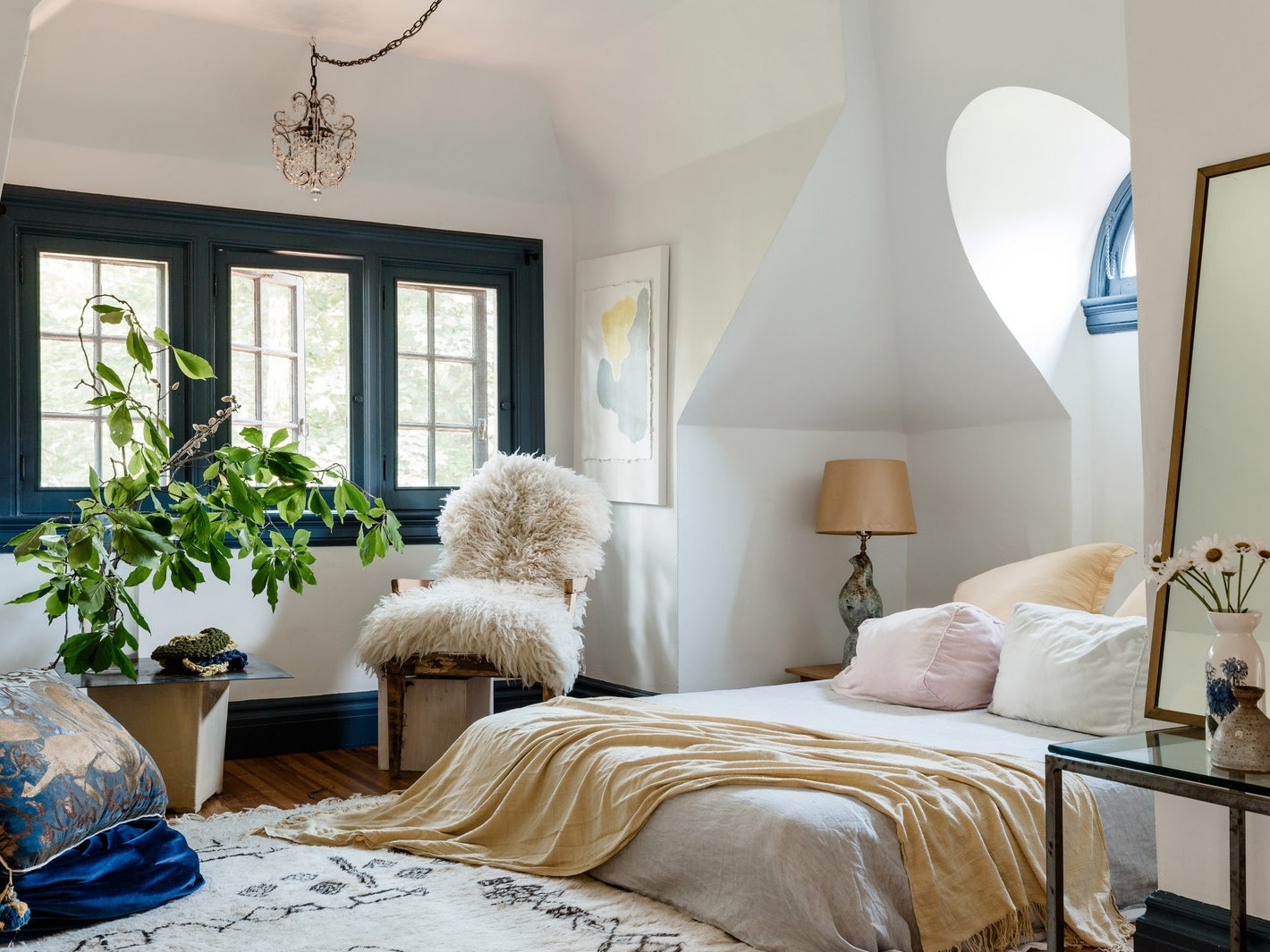Introduction
The rise and fall pendant light, also known as a pulley pendant light, has been a popular lighting fixture for decades. This classic design has stood the test of time, reemerging in recent years as a trendy retro addition to modern interiors. Its simple yet sophisticated aesthetic appeals to many homeowners, as it can complement a range of interior styles from traditional to contemporary.
A Brief History
The rise and fall pendant light first emerged in the late 19th century, during the reign of Queen Victoria in England. It was initially designed as a functional gas lamp that could be easily adjusted in height, depending on the task at hand. In the decades that followed, the pendant light was gradually refined and electrified, making it a more practical and versatile lighting option.
The Benefits of Rise and Fall Pendant Lights
One of the main advantages of rise and fall pendant lights is their adjustability. The pulley system allows the light to be easily raised or lowered to suit different lighting needs. This makes it an ideal choice for a variety of spaces, from kitchen islands to dining tables. Additionally, the retro style of these lights adds a touch of nostalgia to any room, while still maintaining a timeless aesthetic. The combination of functionality and style makes rise and fall pendant lights a popular choice among homeowners and interior designers alike.
The Versatility of Rise and Fall Pendant Lights
Rise and fall pendant lights are incredibly versatile and can be used in a range of interior settings. In a traditional home, the classic design of these lights can complement the period features and add a touch of authenticity. In a modern space, their retro aesthetic can act as a statement piece, adding a touch of personality to an otherwise minimalistic décor.
Designing with Rise and Fall Pendant Lights
When using rise and fall pendant lights in a room, it is essential to consider the other design elements in the space. The light should complement the overall style while also functioning effectively as a source of light. Additionally, the height and size of the pendant light should be considered based on the space it will occupy. For example, a larger pendant light may be suitable for a spacious dining room, while a smaller one may work better in a compact kitchen.

